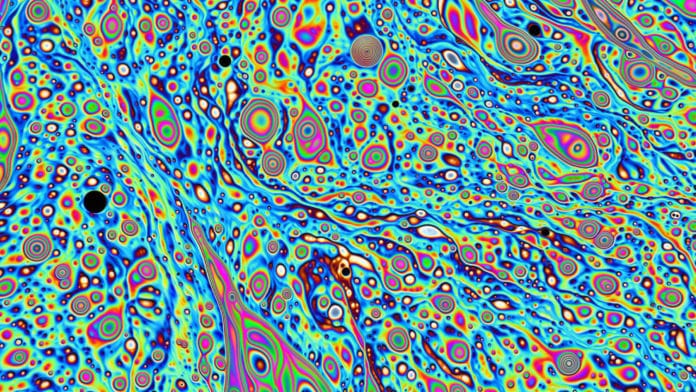The scattering of light is a natural phenomenon found in many places in nature. As it turns out, when the length over which disturbances vary is much larger than the wavelength, the wave scatters unusually: it forms channels (branches) of enhanced intensity that continue to divide or branch out as the wave propagates. This phenomenon is known as branched flow.
It was first observed in 2001 with electrons and had been suggested to be ubiquitous and also occur for all waves in nature, for example, sound waves and even ocean waves.
Now, for the first time, new research is bringing branched flow to the.
Scientists from the Technion – Israel Institute of Technology made an experimental observation of the branched flow of light for the very first time.
Miguel A. Bandres, Assistant Professor at CREOL, said, “We always had the intention of finding something new, and we were eager to find it. It was not what we started looking for, but we kept looking, and we found something far better. We are familiar with the fact that waves spread when they propagate in a homogeneous medium. But for other kinds of mediums, waves can behave in very different ways. When we have a disordered medium where the variations are smooth, like a landscape of mountains and valleys, the waves will propagate peculiarly. They will form channels that keep dividing as the wave propagates, forming a beautiful pattern resembling the branches of a tree.”
For the study, scientists coupled a laser beam to a soap membrane, which contains random variations in membrane thickness. They discovered that when light propagates within the soap film, instead of scattering, the light forms elongated branches, creating the branched flow phenomenon for light.
Ph.D. student Anatoly (Tolik) Patsyk said, “In optics, we usually work hard to make the light stay focused and propagate as a collimated beam, but here the surprise is that the random structure of the soap film naturally caused the light to stay focused. It is another one of nature’s surprises.”
Technion President Prof. Uri Sivan, the Bertoldo Badler Academic Chairholder in the Faculty of Physics, said, “There is nothing more exciting than discovering something new, and this is the first demonstration of this phenomenon with light waves. This goes to show that intriguing phenomena can also be observed in simple systems, and one has to be perceptive enough to uncover them. As such, bringing together and combining the views of researchers from different backgrounds and disciplines has led to some fascinating insights.”
“The fact that we observe it with light waves opens remarkable new possibilities for research, starting with the fact that we can characterize the medium in which light propagates to very high precision and the fact that we can also follow those branches accurately and study their properties.”
Journal Reference:
- Anatoly Patsyk et al. Observation of branched flow of light, Nature (2020). DOI: 10.1038/s41586-020-2376-8
